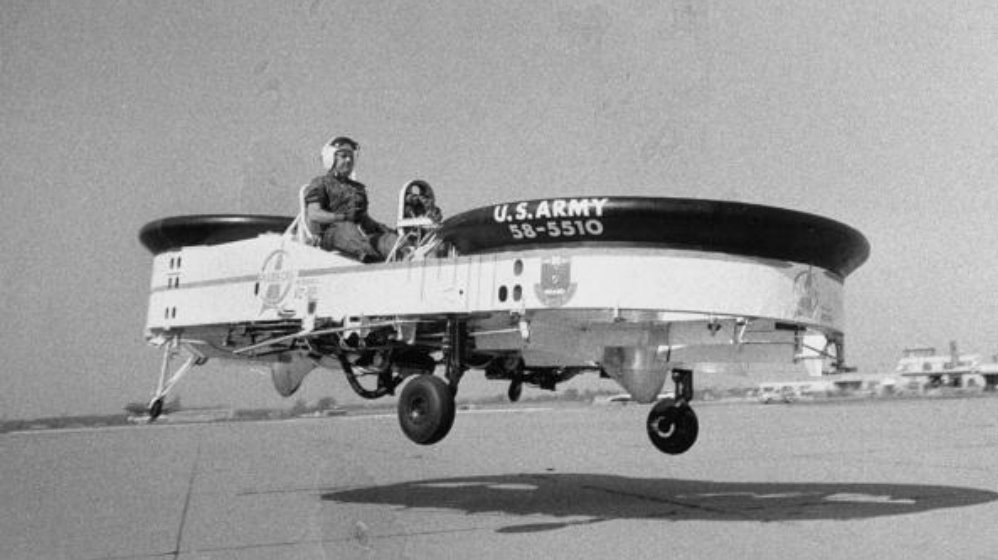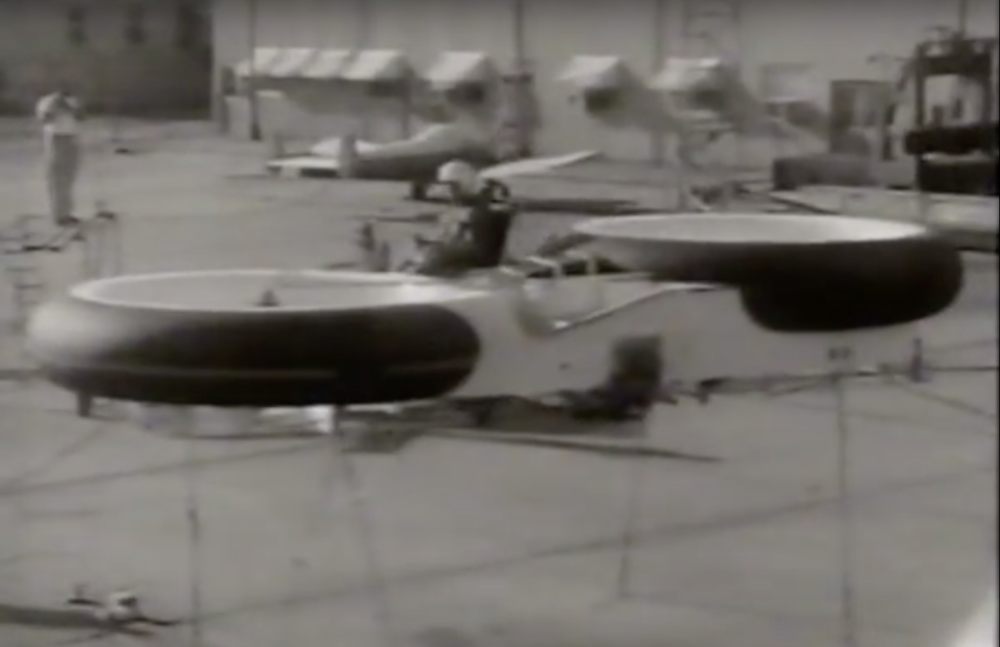U.S. Army Actually Built a ‘Flying Jeep’ Back in the 1950s
Though not officially a Jeep project, the Piasceki Model 59K Sky Car is a stunning glimpse into the days of future past for the military.
It isn’t news that Jeeps can go just about anywhere. They’re kind of known for it. More than 75 years later, World War II surplus Willys-MBs can still be found tearing it up on trails all over the world. And while that “go-anywhere” capability served the United States military well for decades, there are still some obstacles that the Jeep can’t traverse. So in the 1950s, the government thought up a solution to this problem: A U.S. Army “flying jeep,” as Jalopnik reports
Yes, a flying jeep. Notice that this is a lower-case jeep. The project has nothing to do with the Willys-Overland Corporation or the Jeep itself. In fact, other than a compact footprint and slab-sides, there isn’t much the two have in common. At least not in the looks department.
But ultimately, the Jeep and the Piasceki Model 59K Sky Car (later the Airgeep VZ-8P) would theoretically serve the same purpose. The dual-rotor hovercrafts would ferry soldiers across battlefields that were too torn up to drive over. They would also fly low enough to avoid enemy radar.

U.S. Army all-terrain ‘Jeep’
On land, the three-wheeled craft can travel short distances. And unlike a Jeep’s big steering wheel, the Airgeep’s controls were similar to a helicopter. Interestingly, its simplified controls made the craft easier to control than any chopper the military had at the time. Power came from two engines powering two three-bladed rotors. Both mills powered both rotors to reduce the possibility of failure on the battlefield.

First tested in 1958, Piasceki’s flying jeep originally impressed the U.S. Army. The Navy took interest by June 1959. An upgraded model, the 59H “Airgeep II,“ with a lighter and more powerful AiResearch 331-6 turbine engine was tested through 1962. But by the mid-’60s, pressing matters like the Space Race and the escalating war in Vietnam led to the cancellation of the Airgeep project. While it was a technological dead end, it’s still fun to play “what-if” and wonder what would happen if the government bet big on flying vehicles back in the ’60s. Who knows, maybe the JL Wrangler would really be able to go anywhere today.
